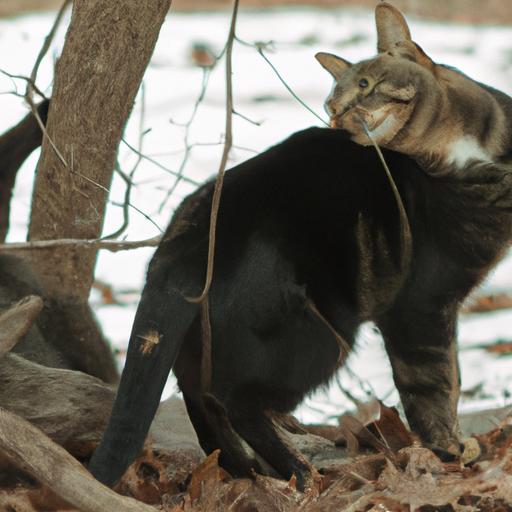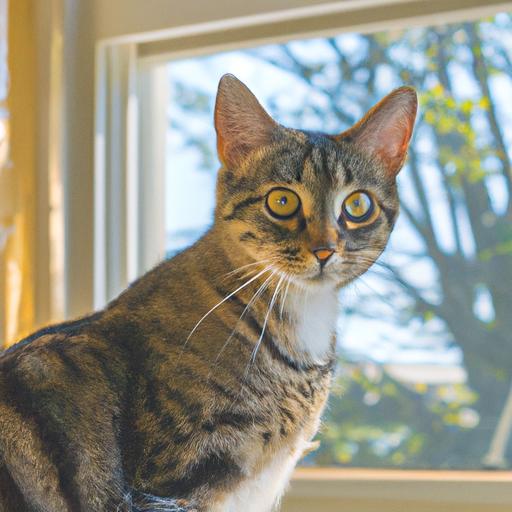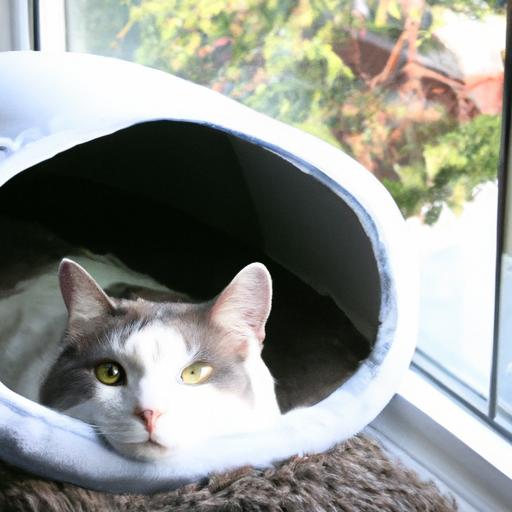
- Home
- Behavior and Training
- Understanding Feline Territorial Behavior: Unleashing the Secrets of Your Cat’s Domain
Understanding Feline Territorial Behavior: Unleashing the Secrets of Your Cat’s Domain
Unlock the secrets of Understanding Feline Territorial Behavior. Learn about signs, prevention, modification, and more in this comprehensive guide.
Introduction
As cat owners, we often marvel at the mysterious and independent nature of our feline companions. One aspect that plays a crucial role in shaping their behavior is territoriality. Understanding feline territorial behavior is essential for creating a harmonious environment for both you and your furry friend. In this article, we will delve into the intriguing world of territorial behavior in cats, exploring its definition, underlying factors, and various manifestations. So, let’s embark on this journey and discover the secrets of your cat’s domain.

Understanding Feline Territorial Behavior
Territorial behavior in cats is a natural instinct that stems from their ancestral roots as solitary hunters. This behavior serves as a means for cats to establish and defend their territory, ensuring their survival and well-being. It’s fascinating to witness this innate behavior unfold in our domesticated feline friends.
Definition and Explanation of Territorial Behavior in Cats
Territorial behavior refers to the actions and displays exhibited by cats to mark and protect their territory. It involves a combination of scent marking, vocalizations, body language, and sometimes even physical aggression. By defining and understanding this behavior, we can better navigate our cat’s needs and provide them with a suitable environment.
Factors Influencing Feline Territorial Behavior
Several factors contribute to the development and expression of territorial behavior in cats. Genetic predisposition, early socialization experiences, and the overall environment play significant roles in shaping their behavior. Genetic factors inherited from their wild ancestors, such as the African wildcat, influence their territorial instincts. Furthermore, the way cats are socialized during their early stages of life can impact their territorial tendencies.
Types of Territorial Behavior Exhibited by Cats
Cats exhibit a range of territorial behaviors, each serving a specific purpose. Understanding these behaviors can help us decipher their intentions and respond accordingly. Some common types of territorial behavior include urine marking, aggression towards other cats or animals, scratching furniture or objects, and territorial vocalizations. By recognizing these behaviors, we can gain insights into our cat’s emotional state and alleviate any potential conflicts.
FAQ (Frequently Asked Questions) about Feline Territorial Behavior
Q: What are the signs of territorial behavior in cats?
A: Cats display various signs of territorial behavior, such as spraying urine, hissing or growling at intruders, aggressive behavior towards other animals, and scratching furniture or walls. Understanding these signs can assist in identifying and addressing territorial issues.
Q: How can I prevent or manage territorial aggression in my cat?
A: Managing territorial aggression requires a multi-faceted approach. Providing ample resources, such as litter boxes, food bowls, and resting areas, for each cat in multi-cat households can help reduce conflict. Additionally, creating vertical spaces and offering environmental enrichment can help alleviate tension and provide outlets for territorial instincts.
Q: Is it possible to modify a cat’s territorial behavior?
A: Yes, it is possible to modify a cat’s territorial behavior through various techniques, including behavior modification, positive reinforcement, and environmental management. However, it’s crucial to seek guidance from a professional animal behaviorist or veterinarian to develop an effective plan tailored to your cat’s specific needs.
Q: Are certain cat breeds more prone to territorial behavior?
A: While territorial behavior can be observed in cats of any breed, some breeds may exhibit stronger territorial instincts than others. For example, Siamese and Bengal cats are known to possess assertive territorial behaviors. However, it’s important to remember that individual variations within breeds exist, and proper socialization and environmental enrichment can help manage these tendencies.
Conclusion
Understanding feline territorial behavior is key to fostering a harmonious coexistence between you and your cat. By unraveling the secrets behind their territorial instincts, we can provide them with an environment that meets their needs and minimizes potential conflicts. Remember, a well-informed and proactive approach, including seeking professional guidance when needed, will pave the way for a happy and contented feline companion.
Remember, if you want to learn more about cat behavior, be sure to check out our other articles on Understanding Cat Doorbell Reactivity, The Significance of Head Bunting, and The Importance of Cheek Rubbing.
Now that you’re equipped with the knowledge to decipher your cat’s territorial behavior, embrace the opportunity to deepen the bond with your feline friend and create a space where they can thrive.






















